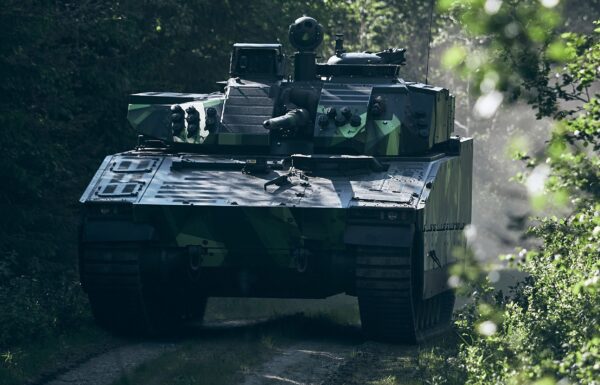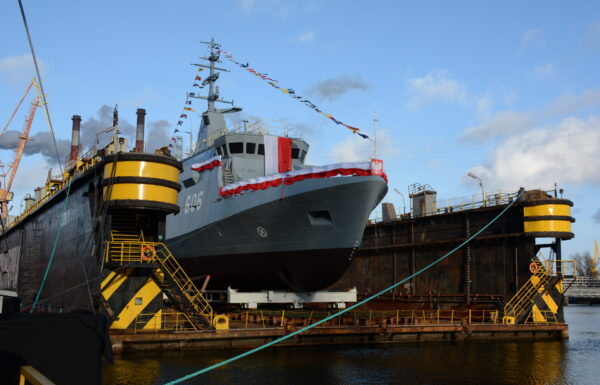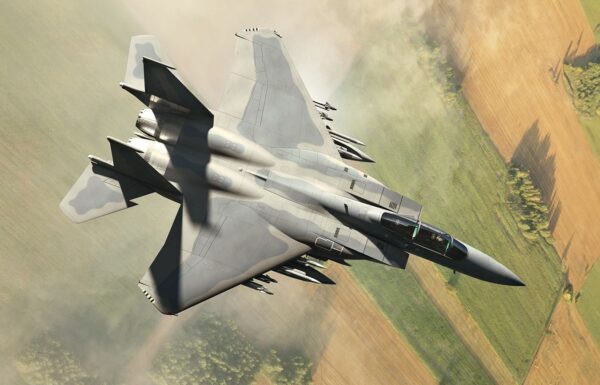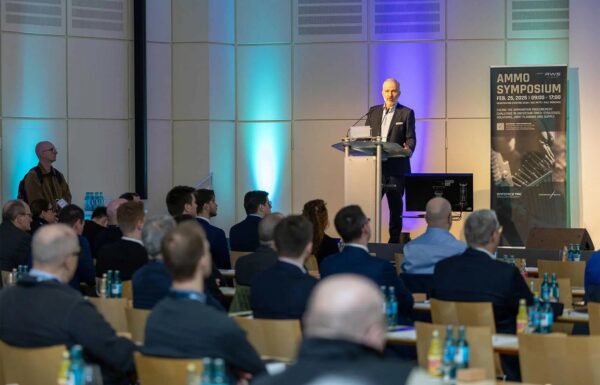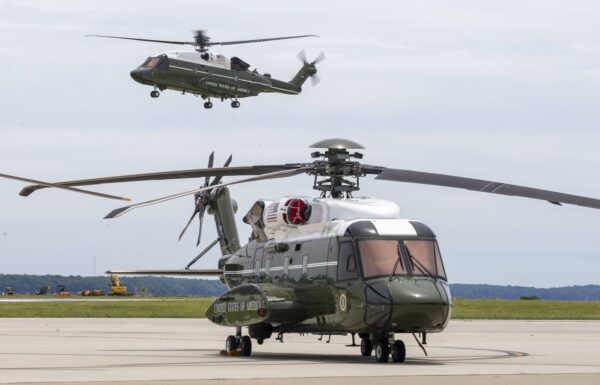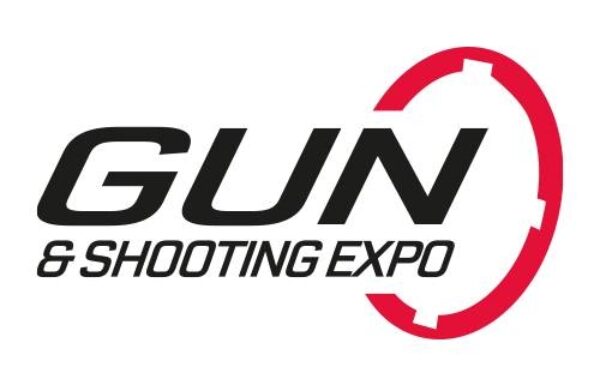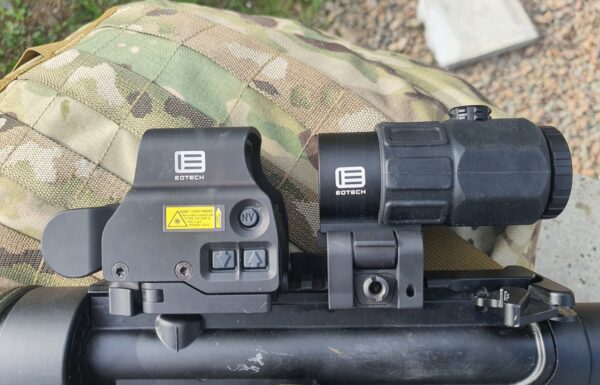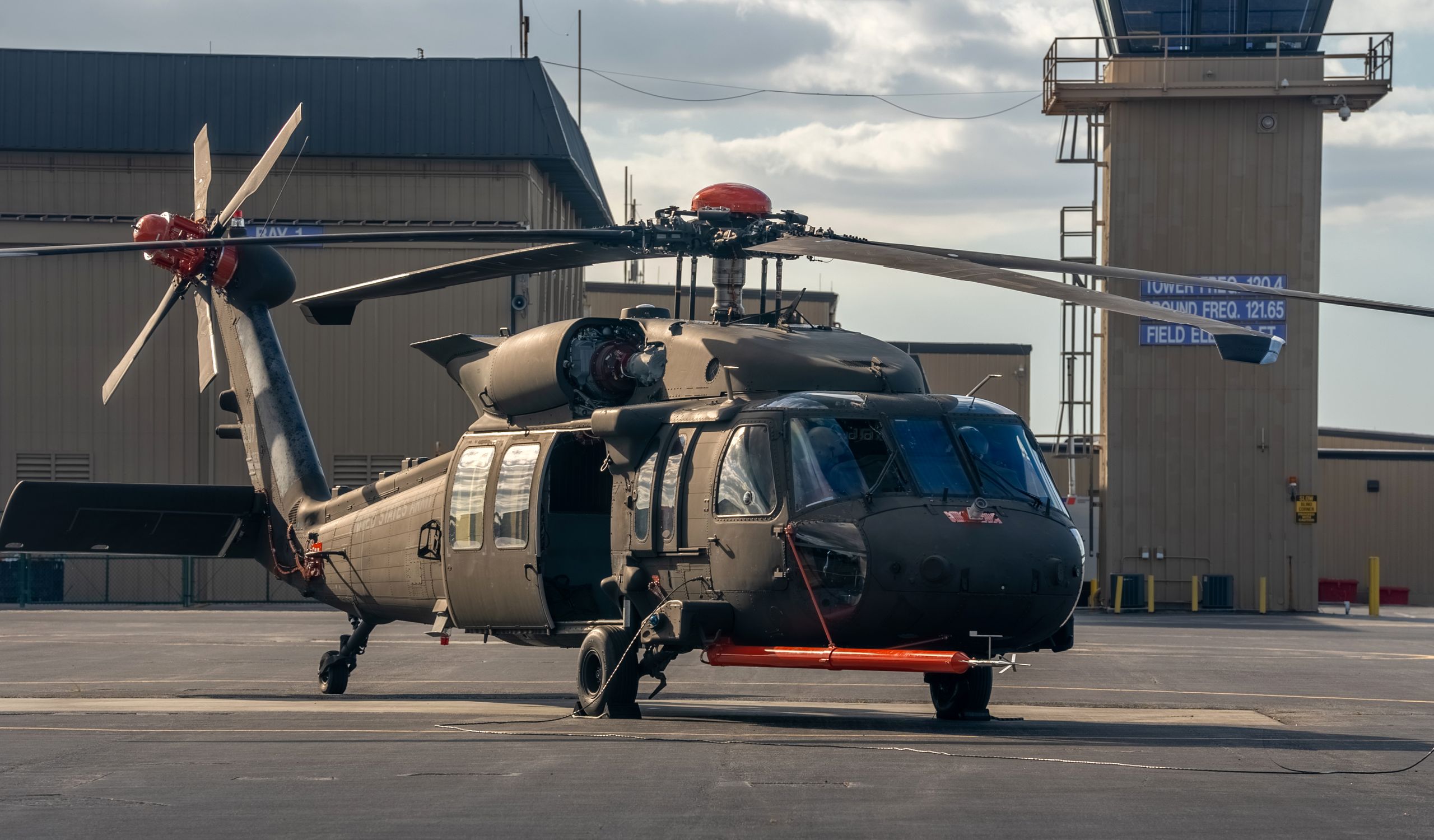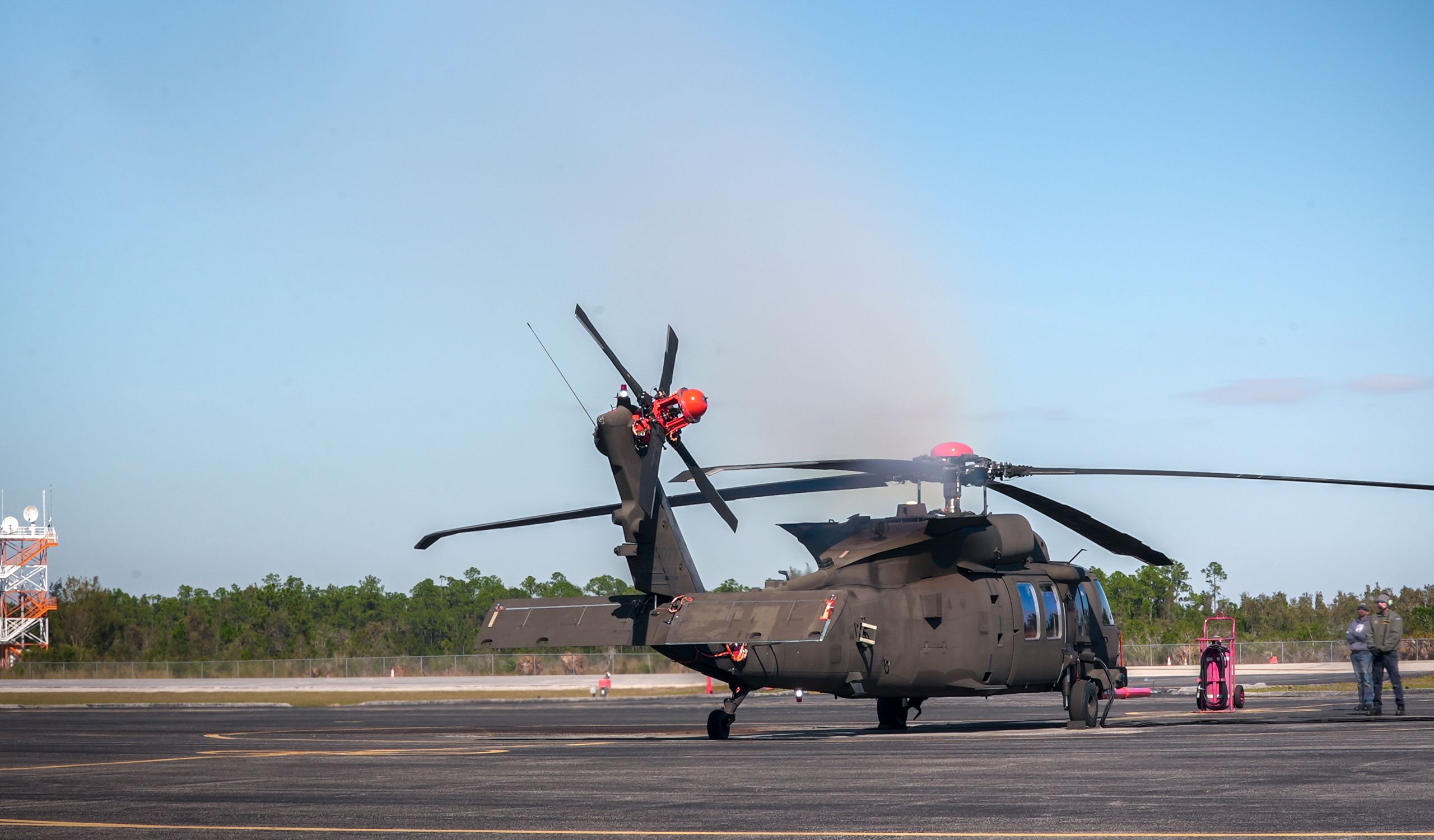On Wednesday, January 29, 2025, the American company Sikorsky Aircraft Corp. (a subsidiary of Lockheed Martin) announced that it has begun ground tests of the new General Electric T901-GE-900 turboshaft engines (manufacturer designation: GE3000) integrated with the UH-60M Black Hawk multi-role helicopter. The new engine is set to replace the T700-701C series as part of the Improved Turbine Engine Program (ITEP).
During the test, both T901-GE-900 engines were started at idle without being connected to the gearbox, and with the rotor brake released. The process was overseen by a joint US Army and industry test team, with US Army and Sikorsky pilots present on board the helicopter. The test verified system functionality, engine condition, and test configuration. The team is now assessing whether all critical systems, including fuel, electrical, hydraulic, and flight control systems, are operating as expected.
“Soldiers will rely on Black Hawk helicopters well into the future, and upgrades to the aircraft today will pay dividends for decades, enabling new missions such as deploying and managing launched effects,” said Hamid Salim, vice president of Army and Air Force Systems at Sikorsky. “A modernized Black Hawk fleet will create new operational opportunities for the Army by extending the capabilities of a proven, fielded fleet to travel farther on less fuel and with more troops and cargo.”
The engines were approved for testing on June 27, 2024, as announced by the manufacturer, GE Aerospace. They were delivered to the Sikorsky Development Flight Center in West Palm Beach, Florida.
Earlier, in October 2023, GE Aviation delivered the first two prototype-configured engines. In April 2024, one of them was integrated into the Sikorsky Raider X prototype, a reconnaissance-attack helicopter developed for the Future Attack Reconnaissance Aircraft (FARA) program. This process was completed with a successful engine start-up, providing critical data and insights before integration into the UH-60M (and UH-60V) Black Hawk helicopters, as well as the AH-64E Apache Guardian attack helicopters. However, it is important to note that in February 2024, the US Army canceled further development of the FARA program.
The T901 engine is designed as a universal powerplant and will also be used in future modernization programs. It is set to be installed in the Bell V-280 Valor tiltrotor, which was selected under the Future Long Range Assault Aircraft (FLRAA) program—part of the Future Vertical Lift – Medium (FVL-M) initiative, aimed at developing a successor to the Black Hawk.
T901-GE-900
The new powerplant is designed to deliver 50% more output power (3,000 HP), 25% lower fuel consumption, and 20% greater operational durability compared to the current T700 engine. The ITEP program was previously known as the Advanced Affordable Turbine Engine (AATE) and has been in development since 2009. Its primary objective was to extend the operational range of US Army helicopters to 500 km.
In 2016, the US Army Contracting Command (ACC) awarded GE Aviation (now GE Aerospace) a 102 million USD contract for a 24-month Preliminary Design Review (PDR) phase. The test engine was built in 2016 and underwent testing until October 2017.
On February 1, 2019, GE Aviation was selected for the Engineering & Manufacturing Development (EMD) phase, receiving a 517 million USD contract to develop the engines by August 2024, before full-scale production begins. GE’s proposal outperformed the competing bid from Advanced Turbine Engine Company (ATEC)—a joint venture between Honeywell Aerospace and Pratt & Whitney Military Engines. ATEC had offered the HPW3000 engine, which was designated by the US Army as the T900.
Since 2009, GE has invested approximately 9 billion USD in the development of all technologies for the new power unit, along with an additional 300 million USD specifically for the design and testing of turbocharger shaft technologies. Over more than a decade, the company has also invested over 10 billion USD into its supply chain, including: eight new facilities, ten land acquisitions for infrastructure, 1.5 million square meters of new production space. The manufacturing and assembly of all engine components will take place at GE Aerospace facilities and its suppliers in: Lynn (Massachusetts), Auburn & Huntsville (Alabama), Norwich (Connecticut), Newark (Delaware), Loves Park (Illinois), Jacksonville (Florida), Madisonville (Kentucky), Grand Rapids & Muskegon (Michigan), Hooksett (New Hampshire), Asheville (North Carolina), West Chester, Evendale & Dayton (Ohio), and Rutland (Vermont).
The new engine retains the single combustion chamber design from the T700 and is constructed using ceramic matrix composites (CMC), a technology previously used in CFM International LEAP and GE9X turbofan engines. The components are manufactured using additive manufacturing (3D printing), which reduces weight and minimizes the number of fasteners, allowing them to maintain more aerodynamic shapes for higher efficiency, reliability, and durability. CMC elements also require less cooling.



